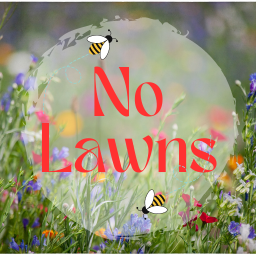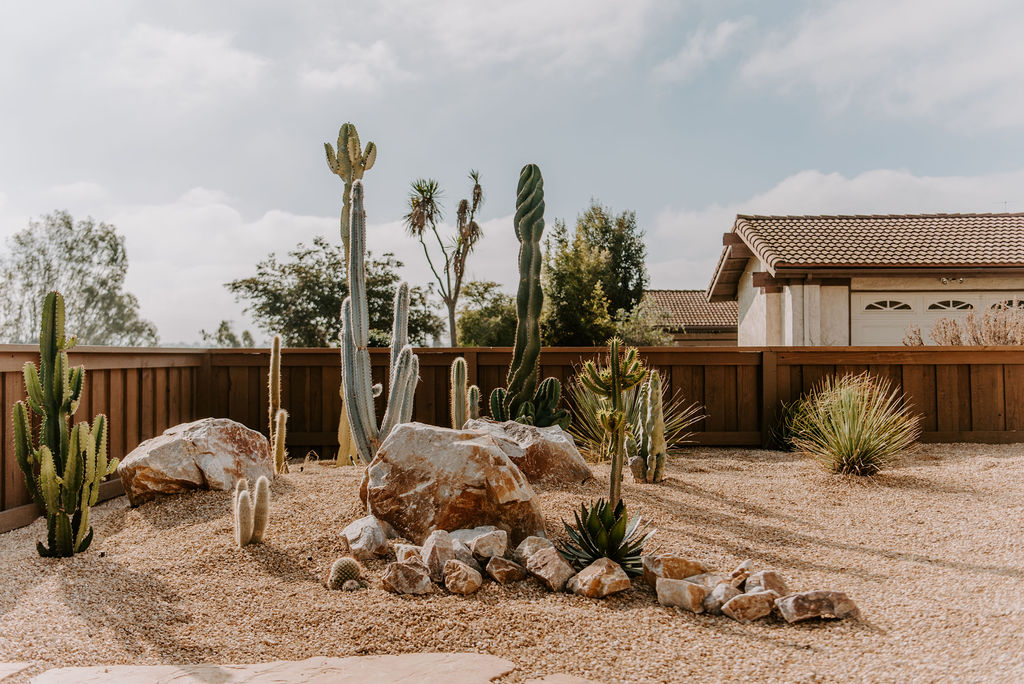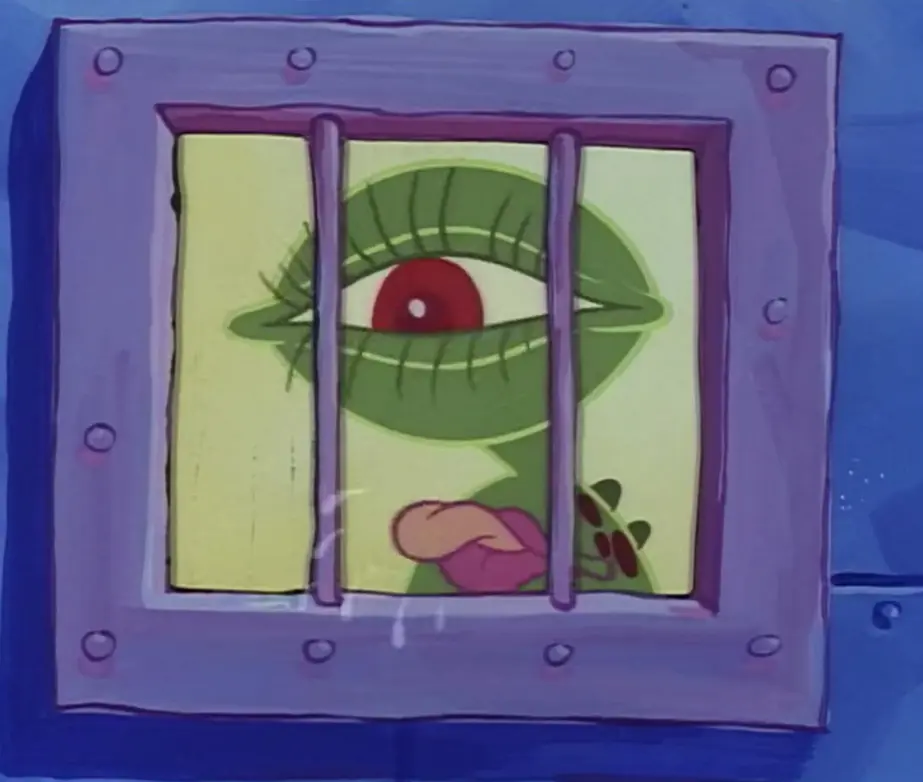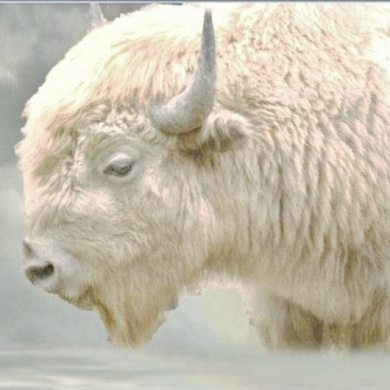I don’t want to be too negative but I have strong feelings about this. Gravel has a lot of downsides, to the extent that it makes me wonder if it’s actually better than the lawns it is replacing.
Some downsides I’ve noticed:
It gets extremely hot in the sun. There is little functional difference in this respect from pavement which we all know gets extremely hot. For cooler climates this may not be as much of an issue, but with climate change it is something to consider for most environs.
It has negative effect on plant health. The heat mentioned above is a major factor in hot climates, and over time, as it incorporates into the soil, it can create a barrier to root growth as well. Some plants tolerate gravelly soils well but not all do.
It’s difficult to maintain in practice. This may surprise some, as it’s permanent and interferes with weed growth, but my issue with it is that any amount of detritus or material becomes extremely visible against the uniform background of most gravels, and consequently, most people feel a need to spend a large amount of time keeping it spotless. Most other common ground covers can absorb some leaves and other small materials without looking too messy.
It has very little benefit as invertebrate habitat. Every other ground cover aside from maybe plastic creates some kind of useful habitat for invertebrates, including grass, mulch, low shrubs, even just bare dirt.
Finally, once you’ve recognized the problems your landscape has created, you may want to remove it. This is yet another issue, as gravel is extremely labor intensive to remove due to its permanency, weight, and ability to mix with the soil and plant roots. The previous owners of my house had a very minimal gravel border separating a patio from planting beds, and it’s still causing issues when I want to plant things years later, despite my efforts to remove it.
Personally, I think mulch is vastly superior for any planting areas. It can also be used for paths, or DG is more visually similar to gravel without as many of the downsides.
To add on to your notes about maintenance: I have large gravel, mulch, and grass in my backyard. The gravel requires much more weeding time than the mulch. The mesh does nothing.
with examples like Geoff Lawton creating an oasis in Jordan or his retired teacher neighbor creating her own vegetable garden out of bare rock, I agree, I don’t see plastering a site with gravel wins on either the practical or the aesthetic side of things …
You make many good points. I skimmed the article and thought it was a good idea for desert areas but honestly have no zero knowledge of desert landscaping.
Well, I don’t have experience in deserts either, I live in a mediterranean climate, but it’s a popular trend nonetheless, and I don’t think it works well here.
I live in a desert (Southwest USA), and gravel/rock yards are everywhere. The biggest issue I have with my desert landscaping is that the rock surface is very unstable, which makes it difficult to walk on for my elderly mom. We switched to the smallest “chat” rocks, which are easier to walk on but get caught in our shoes and dragged into the house to scratch floors and hurt bare feet.
Better than cement, not as good as a permeable surface such as compacted decomposed granite or ground cover plants. I miss having at least a small plot of lawn that can be walked on, but can live without it. What the desert needs most, though, are more trees to shade surfaces. We have acres of concrete and asphalt, which contribute way more to the heat than rock landscapes.
I’d still recommend native plants for the majority of areas in a dessert landscape.
Zone birthday cake A







